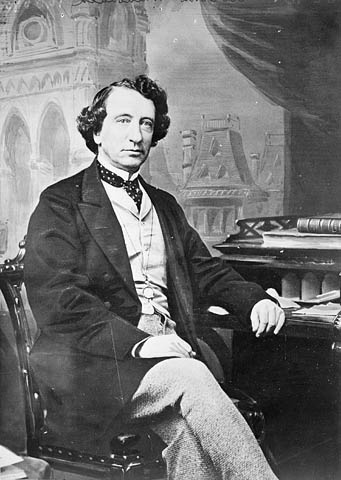|
SS Yarmouth
The SS ''Yarmouth'' was a steamship notable for its part in developing Yarmouth, Nova Scotia, and connecting it to Boston, Massachusetts. Later in life it had a central role as the flagship of the Marcus Garvey initiative the Black Star Line. Marcus Garvey, known as the "black Moses", was a "back to Africa" evangelist, and his ideas, although radical and controversial in his own time and today, still remain influential. The Black Star Line's name, a play on the ''White Star Line'', is remembered in the flag of Ghana. Construction Built by the Clyde shipbuilder Archibald McMillan & Son, of Dumbarton, Scotland, for the Yarmouth Steamship Company, of Yarmouth, Nova Scotia, ''Yarmouth'' was designed to ferry both passengers and goods. She was a steel screw steamer, long p/p, with a beam and hold depth of . She had five watertight compartments and could carry 4,000 barrels. She was fitted with bilge keels and was capable of 14 knots. The ship's bell was cast at the foundry of J ... [...More Info...] [...Related Items...] OR: [Wikipedia] [Google] [Baidu] |
Yarmouth, Nova Scotia
Yarmouth is a town in southwestern Nova Scotia, Canada. A port town, industries include fishing, and tourism. It is the terminus of a ferry service to Bar Harbor, Maine, run by Bay Ferries. History Originally inhabited by the Mi'kmaq, the region was known as "Keespongwitk" meaning "Lands End" due to its position at the tip of the Nova Scotia peninsula. European settlement The region was visited in 1604 by Samuel de Champlain, who named it "Cap-Fourchu", meaning "forked or cloven cape." The first Europeans to make a settlement on these shores were the French Acadians. They set up a small fishing settlement known as "Tebouque" in the mid 1600s and by 1750 the population was 50 people. During the Seven Years' War, New England Planters settled at what is now the town of Yarmouth in 1759; the grantees were from Yarmouth, Massachusetts and they requested that Yarmouth be named after their former home. Yarmouth was founded on June 9, 1761, when a ship carrying three families arriv ... [...More Info...] [...Related Items...] OR: [Wikipedia] [Google] [Baidu] |
Mystic, Connecticut
Mystic is a village and census-designated place (CDP) in Groton and Stonington, Connecticut, United States. Historically, Mystic was a significant Connecticut seaport with more than 600 ships built over 135 years starting in 1784. Mystic Seaport, one of the largest maritime museums in the United States, has preserved a number of sailing ships, such as the whaling ship '' Charles W. Morgan''. The village is located on the Mystic River, which flows into Fishers Island Sound and by extension Long Island Sound and the Atlantic Ocean. The Mystic River Bascule Bridge crosses the river in the center of the village. The name "Mystic" is derived from the Pequot term "missi-tuk" describing a large river whose waters are driven into waves by tides or wind. The population was 4,205 at the 2010 census. History Before the 17th century, the Pequot people lived in this portion of southeastern Connecticut. They were in control of a considerable amount of territory, extending toward the ... [...More Info...] [...Related Items...] OR: [Wikipedia] [Google] [Baidu] |
Nassau, Bahamas
Nassau ( ) is the capital city, capital and largest city of the Bahamas. With a population of 274,400 as of 2016, or just over 70% of the entire population of the Bahamas, Nassau is commonly defined as a primate city, dwarfing all other towns in the country. It is the centre of commerce, education, law, administration, and media of the country. Lynden Pindling International Airport, the major airport for the Bahamas, is located about west of the city centre of Nassau, and has daily flights to major cities in Canada, the Caribbean, the United Kingdom and the United States. The city is located on the island of New Providence. Nassau is the site of the House of Assembly and various judicial departments and was considered historically to be a stronghold of pirates. The city was named in honour of William III of England, William III of England, Prince of Orange-Nassau. Nassau's modern growth began in the late eighteenth century, with the influx of thousands of Loyalist (American Rev ... [...More Info...] [...Related Items...] OR: [Wikipedia] [Google] [Baidu] |
Master Mariner
A master mariner is a licensed mariner who holds the highest grade of seafarer qualification; namely, an unlimited master's license. Such a license is labelled ''unlimited'' because it has no limits on the tonnage, power, or geographic location of the vessel that the holder of the license is allowed to serve upon. A master mariner would therefore be allowed to serve as the master of a merchant ship of any size, of any type, operating anywhere in the world, and it reflects the highest level of professional qualification amongst mariners and deck officers. The term ''master mariner'' has been in use at least since the 13th century, reflecting the fact that in guild or livery company terms, such a person was a master craftsman in this specific profession (e.g., master carpenter, master blacksmith). Norway In Norway, the title of Master mariner ''(Sjøkaptein)'' is a protected title to which holders of a license as deck officer class 1 in accordance with the "Regulations on qualifi ... [...More Info...] [...Related Items...] OR: [Wikipedia] [Google] [Baidu] |
RMS Titanic
RMS ''Titanic'' was a British passenger liner, operated by the White Star Line, which sank in the North Atlantic Ocean on 15 April 1912 after striking an iceberg during her maiden voyage from Southampton, England, to New York City, United States. Of the estimated 2,224 passengers and crew aboard, more than 1,500 died, making it the deadliest sinking of a single ship up to that time. It remains the deadliest peacetime sinking of a superliner or cruise ship. The disaster drew public attention, provided foundational material for the disaster film genre, and has inspired many artistic works. RMS ''Titanic'' was the largest ship afloat at the time she entered service and the second of three s operated by the White Star Line. She was built by the Harland and Wolff shipyard in Belfast. Thomas Andrews, the chief naval architect of the shipyard, died in the disaster. ''Titanic'' was under the command of Captain Edward Smith, who went down with the ship. The ocean liner ... [...More Info...] [...Related Items...] OR: [Wikipedia] [Google] [Baidu] |
United Negro Improvement Association
The Universal Negro Improvement Association and African Communities League (UNIA-ACL) is a black nationalist fraternal organization founded by Marcus Garvey, a Jamaican immigrant to the United States, and Amy Ashwood Garvey. The Pan-African organization enjoyed its greatest strength in the 1920s, and was influential prior to Garvey's deportation to Jamaica in 1927. After that its prestige and influence declined, but it had a strong influence on African-American history and development. The UNIA was said to be "unquestionably, the most influential anticolonial organization in Jamaica prior to 1938," according to Honor Ford-Smith. The organization was founded to work for the advancement of people of African ancestry around the world. Its motto is "One God! One Aim! One Destiny!" and its slogan is "Africa for the Africans, at home and abroad!" The broad mission of the UNIA-ACL led to the establishment of numerous auxiliary components, among them the African Legion (a para ... [...More Info...] [...Related Items...] OR: [Wikipedia] [Google] [Baidu] |
Black Nationalism
Black nationalism is a type of racial nationalism or pan-nationalism which espouses the belief that black people are a race, and which seeks to develop and maintain a black racial and national identity. Black nationalist activism revolves around the social, political, and economic empowerment of black communities and people, especially to resist their assimilation into white culture (through integration or otherwise), and maintain a distinct black identity. Black nationalists often promote black separatism, which posits that black people should form territorially separate nation-states. Without achieving this goal, some black separatists employ a "nation within a nation" approach, advocating for various degrees of localized separation. Pan-African black nationalists variously advocate for continental African unity (aiming to eventually transition away from racial nationalism) or cultural unity among the African diaspora, which entails either a return to Africa or a sustai ... [...More Info...] [...Related Items...] OR: [Wikipedia] [Google] [Baidu] |
SS Yarmouth, C1920
SS is an abbreviation for ''Schutzstaffel'', a paramilitary organisation in Nazi Germany. SS, Ss, or similar may also refer to: Places *Guangdong Experimental High School (''Sheng Shi'' or ''Saang Sat''), China *Province of Sassari, Italy (vehicle plate code) *South Sudan (ISO 3166-1 code SS) *SS postcode area, UK, around Southend-on-Sea *San Sebastián, Spanish city Arts, entertainment, and media *SS (band), an early Japanese hardcore punk band * ''SS'' (manga), a Japanese comic 2000-2003 *SS Entertainment, a Korean entertainment company *''S.S.'', for Sosthenes Smith, H. G. Wells pseudonym for story ''A Vision of the Past'' *SS, the production code for the 1968 ''Doctor Who'' serial ''The Wheel in Space'' *''Sesame Street'', American kids' TV show Language *Ss (digraph) used in Pinyin * ß or ss, a German-language ligature * switch-reference in linguistics *'' Scilicet'', used as a section sign * (''in the strict sense'') in Latin *Swazi language (ISO 639-1 code "ss") Scienc ... [...More Info...] [...Related Items...] OR: [Wikipedia] [Google] [Baidu] |
Coal
Coal is a combustible black or brownish-black sedimentary rock, formed as stratum, rock strata called coal seams. Coal is mostly carbon with variable amounts of other Chemical element, elements, chiefly hydrogen, sulfur, oxygen, and nitrogen. Coal is formed when dead plant matter decays into peat and is converted into coal by the heat and pressure of deep burial over millions of years. Vast deposits of coal originate in former wetlands called coal forests that covered much of the Earth's tropical land areas during the late Carboniferous (Pennsylvanian (geology), Pennsylvanian) and Permian times. Many significant coal deposits are younger than this and originate from the Mesozoic and Cenozoic eras. Coal is used primarily as a fuel. While coal has been known and used for thousands of years, its usage was limited until the Industrial Revolution. With the invention of the steam engine, coal consumption increased. In 2020, coal supplied about a quarter of the world's primary energ ... [...More Info...] [...Related Items...] OR: [Wikipedia] [Google] [Baidu] |
Digby, Nova Scotia
Digby is an incorporated town in southwestern Nova Scotia, Canada. It is in the historical county of Digby and a separate municipality from the Municipality of the District of Digby. The town is situated on the western shore of the Annapolis Basin near the entrance to the Digby Gut, which connects the basin to the Bay of Fundy. Named after Admiral Robert Digby, the town has a scallop fishing fleet. The MV ''Fundy Rose'' ferry service connects the town to Saint John, New Brunswick. History Digby is called Oositookun, meaning ear of land, by the Mi'kmaq. A small group of New England Planters settled in the area of the town in the 1760s naming it Conway. However Digby was formally settled and surveyed as a town in June 1783 by the United Empire Loyalists under the leadership of Sir Robert Digby. The town developed a sizable shipping fleet in the 19th century. One famous Digby vessel was the brigantine ''Dei Gratia'', which discovered the famous mystery ship '' Mary Celeste'' ... [...More Info...] [...Related Items...] OR: [Wikipedia] [Google] [Baidu] |
Eastern Steamship Lines
Eastern Steamship Lines was a shipping company in the United States that operated from 1901 to 1955. It was created through successive mergers by Wall Street financier and speculator Charles W. Morse.Robert F. Bruner and Sean D. Carr, ''The Panic of 1907. Lessons Learned From the Market's Perfect Storm'', pp. 39-40. Hoboken, New Jersey: John Wiley & Sons, 2007. Walter Lord, ''The Good Years. From 1900 to the First World War'', pp. 182–183. New York: Harper & Brothers, 1960. The line sailed along the eastern seaboard of the United States and Canada, operating out of Boston and New York. Much of its fleet was sold Boston to the US government for use in World War I. After the war the company would order additional ships for the Post-war period. Eastern Steamship Lines served as operator for the War Shipping Administration in World War II. The United States government requisitioned all of the fleets vessels for military duty on both the Atlantic and Pacific. History Background ... [...More Info...] [...Related Items...] OR: [Wikipedia] [Google] [Baidu] |
Canadian Pacific Railroad
The Canadian Pacific Railway (french: Chemin de fer Canadien Pacifique) , also known simply as CPR or Canadian Pacific and formerly as CP Rail (1968–1996), is a Canadian Class I railway incorporated in 1881. The railway is owned by Canadian Pacific Railway Limited, which began operations as legal owner in a corporate restructuring in 2001. Headquartered in Calgary, Alberta, the railway owns approximately of track in seven provinces of Canada and into the United States, stretching from Montreal to Vancouver, and as far north as Edmonton. Its rail network also serves Minneapolis–St. Paul, Milwaukee, Detroit, Chicago, and Albany, New York, in the United States. The railway was first built between eastern Canada and British Columbia between 1881 and 1885 (connecting with Ottawa Valley and Georgian Bay area lines built earlier), fulfilling a commitment extended to British Columbia when it entered Canadian Confederation, Confederation in 1871; the CPR was Canada's first tran ... [...More Info...] [...Related Items...] OR: [Wikipedia] [Google] [Baidu] |
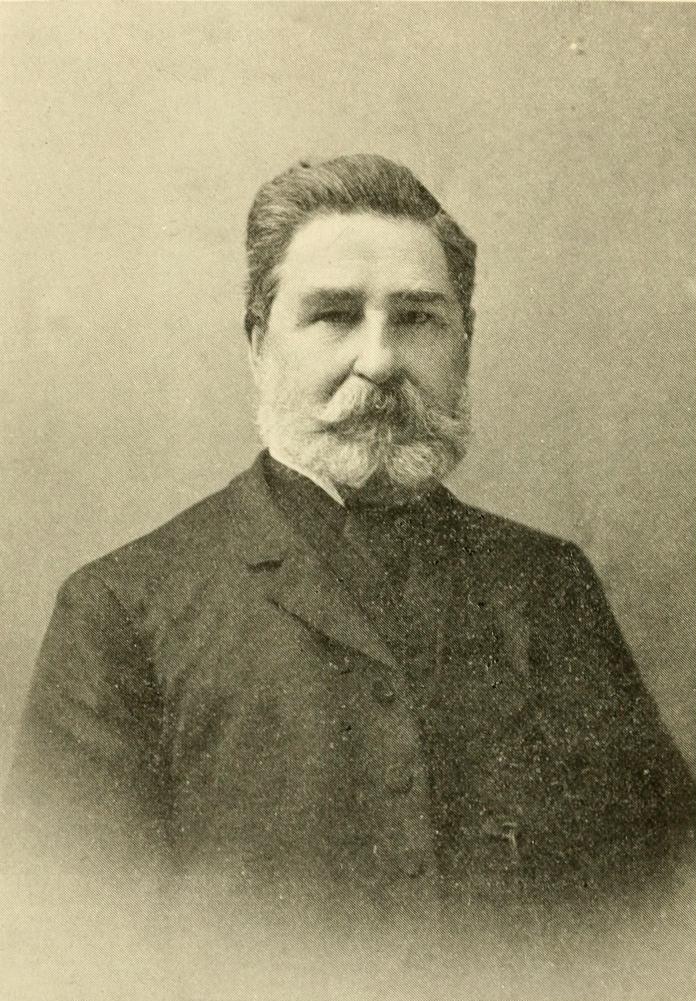
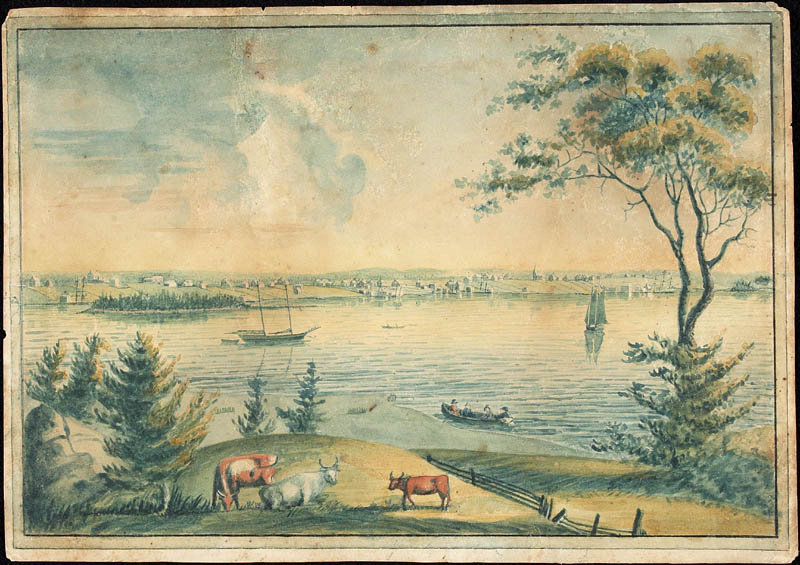



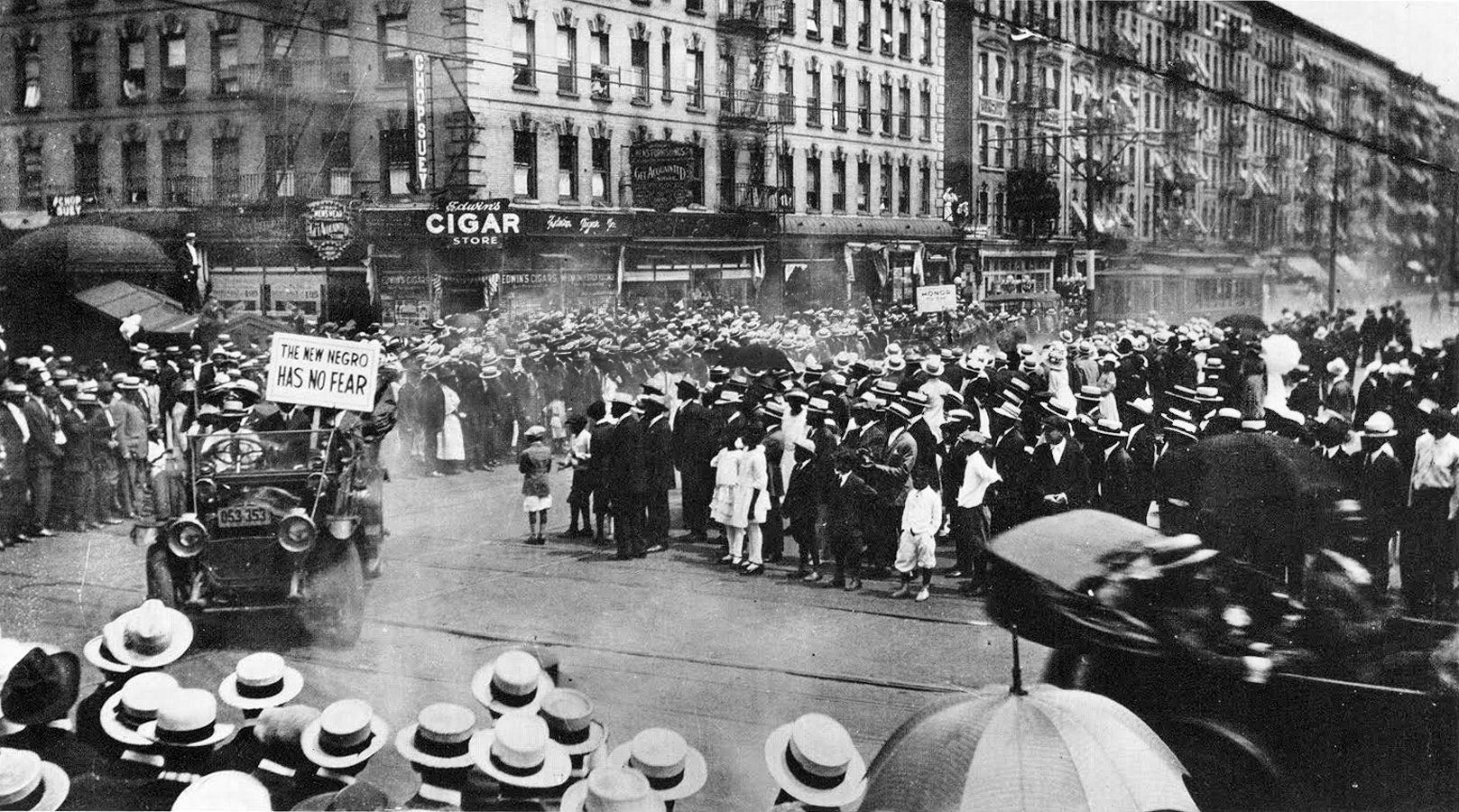
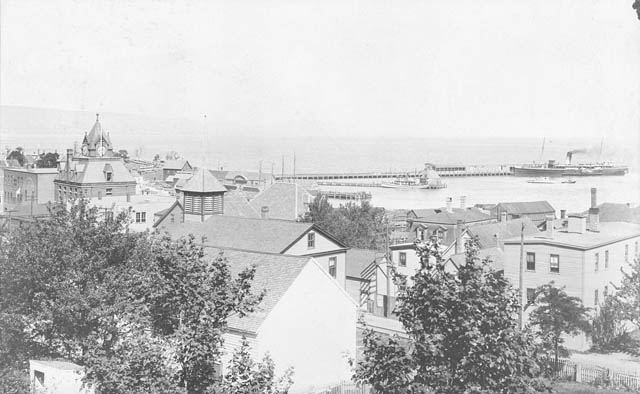
.jpg)
